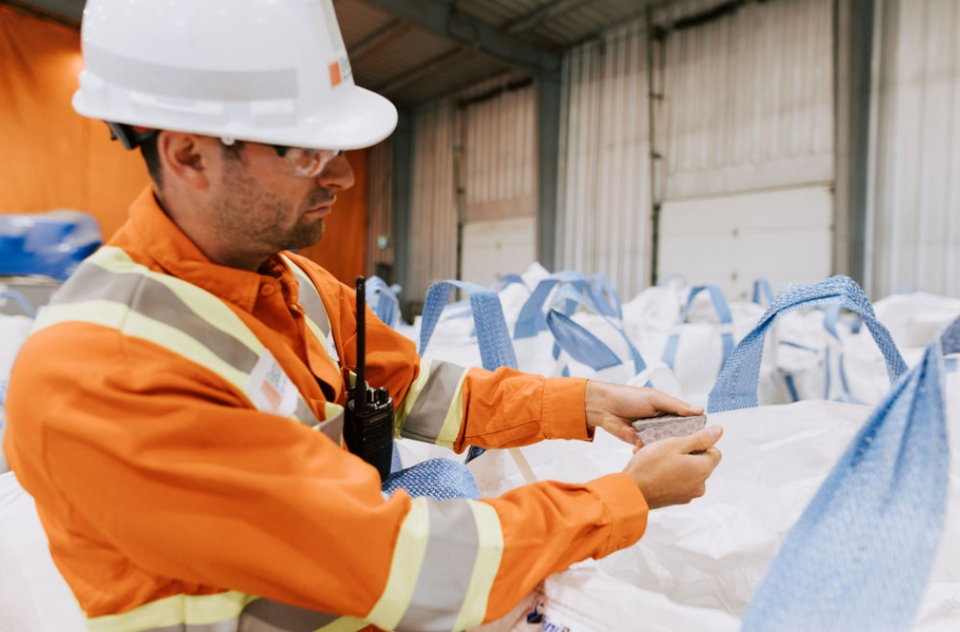For the past year, Electra Battery Materials has been finetuning its demonstration-scale battery recycling process in Temiskaming.
The aspiring Toronto metals and minerals refiner said this week that it wants to take the next step toward advancing its technology to the commercial stage, from batched production to a continuously operating facility.
The company has finished an engineering study - that it’s calling a feasibility level class 3 engineering study – to make the case for the construction of a modular battery recycling facility at its Temiskaming site, north of the town of Cobalt, where it wants to operate a cobalt sulfate refinery.
Electra's flagship refinery remains unfinished while the company remains on the hunt to secure $60 million to finish construction. Battery recycling would be an element of a larger proposed battery metals industrial park.
For battery recycling, Electra has developed its own proprietary technology to recover valuable lithium, nickel, cobalt, manganese and graphite from waste lithium-ion batteries. The valuable mineral material inside spent batteries, called 'black mass,' would be refined by Electra into a specialty nickel-cobalt product, called MHP (mixed hydroxide precipitate product). Samples have already been shipped out for potential customers for analysis.
A partner in southwestern Ontario, the Indigenous-led Three Fires Group, has agreed to source waste battery feedstock for the Temiskaming facility. The material gathered will be mostly scrap material from the major electric vehicle battery plants in Ontario.
Electra’s year-long recycling pilot used black mass sourced from an industry partner.
The next steps, partially funded by Natural Resources Canada, involves operating the recycling process under “continuous and semi-conditions to simulate commercial-scale throughput.”
The engineering study will be presented to “downstream partners,” such as battery manufacturers and other original equipment manufacturers, that Electra said, want to participate in the project.
These potential customers and investors will have a say in determining the size of this facility, project timelines, capital requirements, and potential off-take agreements.
“We are advancing a clear pathway to a closed-loop, domestically sourced battery materials supply chain,” said Electra CEO Trent Mell in a June 5 news release.
“Cobalt recovered at the recycling facility will feed directly into our adjacent cobalt sulfate refinery, which is already in advanced construction, and other critical minerals will be returned to the battery supply chain. This integration strengthens North America’s energy security and positions Electra as a first mover in the continent’s emerging battery ecosystem.”




